The 2024 Excavation Campaign
Preliminary report on the excavations in the New Town of Assur
February/March 2024
The core team of the 2024 spring campaign was composed of Karen Radner, Florian Janoscha Kreppner, Akam Omar Ahmed Al-Qaradghi, Mark Altaweel, Eileen Eckmeier, Jörg Fassbinder, Rafał Fetner, Christoph Forster, Veronica Hinterhuber, Marta Lorenzon, John MacGinnis, Alessio Palmisano, Kamal Rasheed Raheem, Jana Richter, Jens Rohde, Andrea Squitieri, Poppy Tushingham, and Marco Wolf.
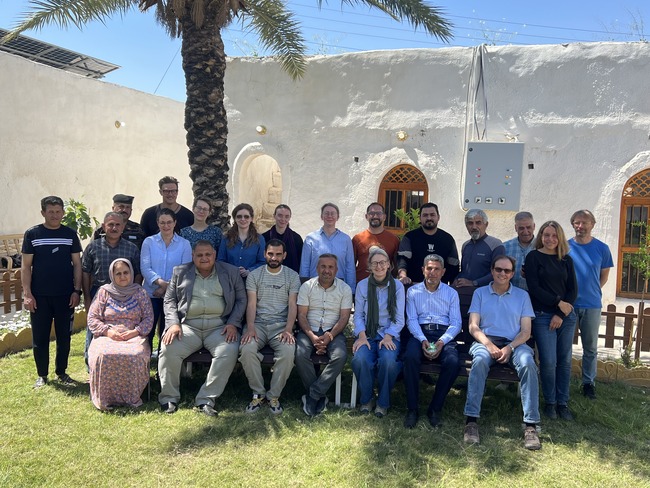
Fig. 1. The team on the last day of the excavation campaign, before leaving for Baghdad.
We were very honoured to receive the Austrian ambassador to Iraq, Dr. Andrea Nasi, in Assur on March 6, 2024.
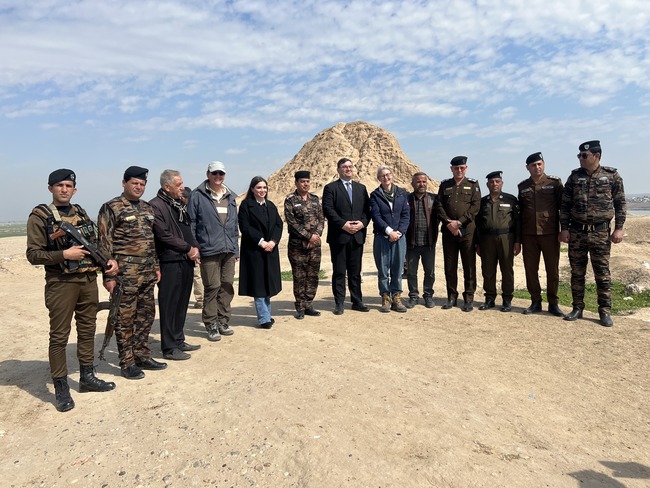
Fig. 2. The Austrian ambassador during his visit to Assur.
Excavations in the New City of Assur were carried out at:
1. NT1: Extension of the 2023 excavation;
2. NT2: trench in the open area in front of the southern city wall (Fig. 3).
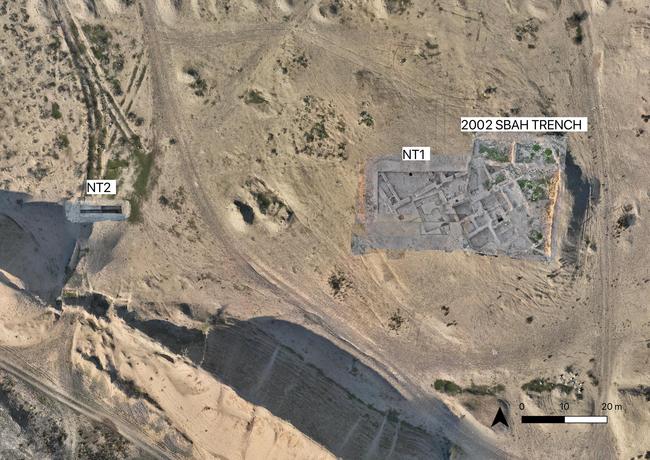
Fig. 3: Operations NT1 and NT2 in the New Town.
1. Operation NT1
NT1 Phase 8a: Parthian period graves
Five graves cutting the architecture of Building A were found. The grave goods, especially the pottery vessels, identify the graves as Parthian (Fig. 4).
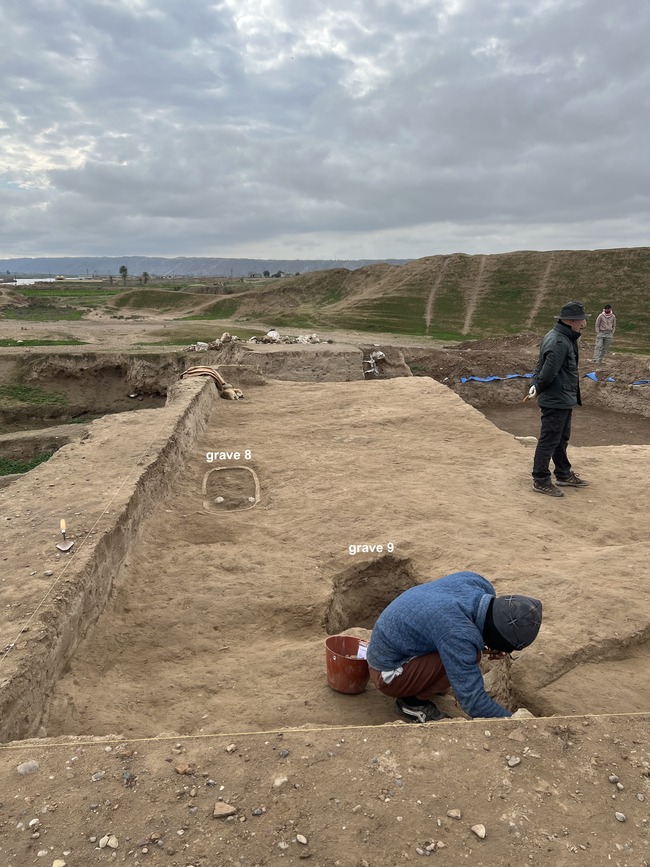
Fig. 4: The Parthian period graves 8 and 9. To the right, Alessio Palmisano is supervising the trench.
NT1 Phase 5: Hellenistic architecture
Building A
Small sections of Building A had already been exposed in 2023. The end of use of the building can be dated to the second century BC, that is the Seleucid period, both by radiocarbon dating and epigraphic evidence. The extensive excavations of Squares 261433 and 262433 significantly expanded our knowledge of Building A, of which about 200 square meters have now been exposed (Fig. 5).

Fig. 5: Jens Rohde walking on a wall of Building A.
NT1 Phase 4: Late Neo-Assyrian architecture
Building B
An L-shaped test trench was excavated under the courtyard of Building A in order to reach the previous occupation, which dates to the late Neo-Assyrian period. The exposed remains are part of a very substantial structure that we call Building B.
2. Operation NT2
The location of the trench was chosen in order to test the possibility of the presence of an ancient road, as suggested by geophysical and coring results in 2023. We opened a trench that eventually extended 2 m in north-south direction and 10 m in west-eastern direction and reached a depth of about 6 m. The excavations revealed structures and a sequence of deposits dating from the second half of the 14th century BC to the Parthian period (Fig. 6).
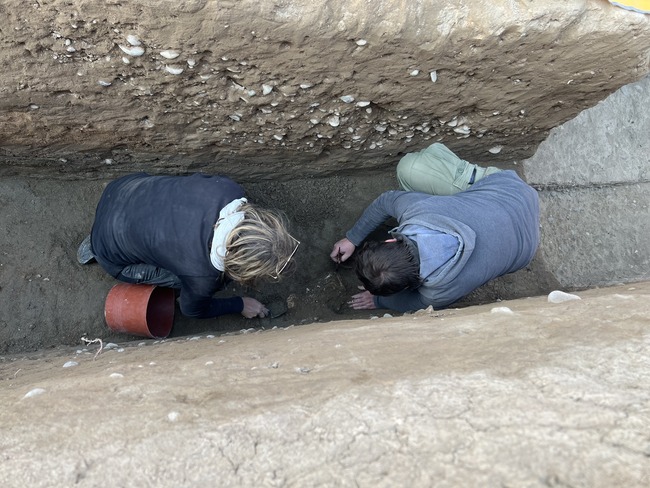
Fig. 6: Veronica Hinterhuber and Rafał Fetner excavating in operation NT2.
At a depth of about 3 m we found a circular vertical shaft with a diameter of about 3 m which cuts through a solid package of pebbles, which constitutes the local bedrock. The shaft was constructed at the lowest point of the New Town at the time of its creation in the mid-second millennium BC. It allowed rainwater and wastewater from the settlement to seep away without causing damage to the surrounding architecture, most importantly the fortification walls. The filling of the shaft, consisting of gravels mixed with ceramics and other waste material, ensured water permeability. The shaft was maintained until the end of the Assyrian occupation and then gradually filled up.
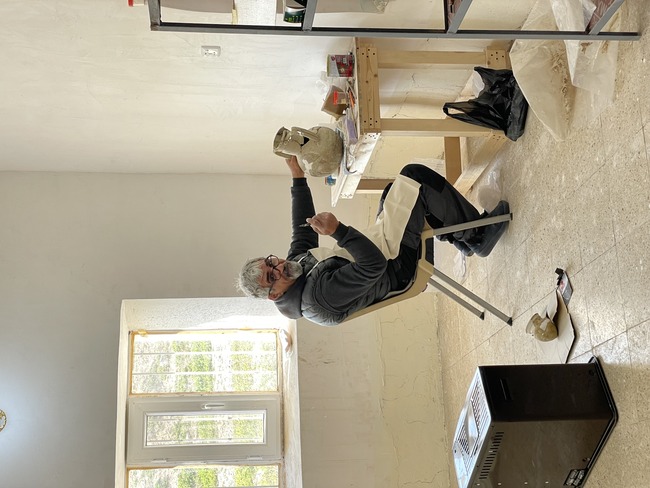
Fig. 7: Our restorer Akam Omar Ahmed Al-Qaradaghi working on an amphora from the chamber tomb excavated in 2023.
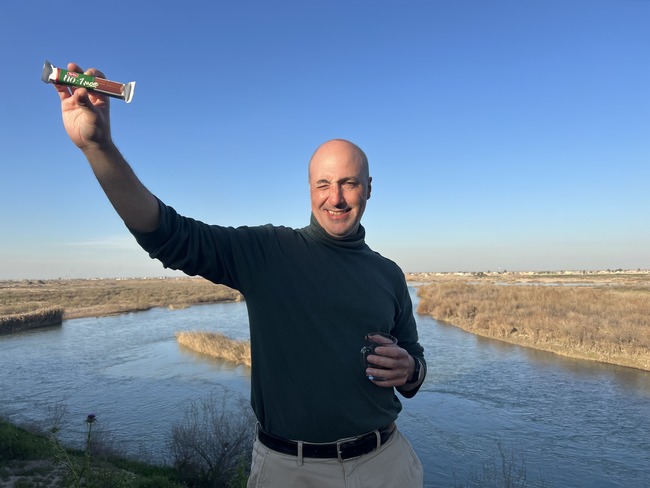
Fig. 8: Alessio Palmisano proudly shows the exquisite No. 1 More chocolate bar!


